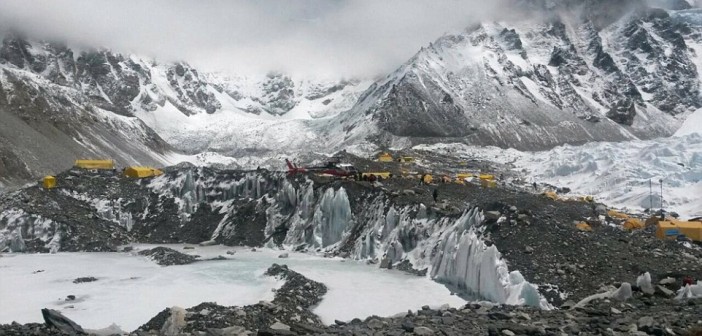Nepal Earthquake
The massive earthquake that hit Nepal, according to the latest satellite data, has shrunk the world’s tallest mountain. So those planning on reaching the summit, your task has just got slightly easier.
Nepal does have a history filled with natural disasters and the impact of the earthquake should be of little surprise given it’s magnitude. A figure of 7.8 MMS (Moment Magnitude Scale) is the highest Nepal has suffered since 1934 and its the first serious earthquake to cripple Nepal for 27 years.
Although it has not stripped Mount Everest of its ‘the tallest peak’ tag, it appears to have brought a slight fall in its height. It’s presence can never be underestimated, the earthquake caused an avalanche which led to the tragic deaths of 19 climbers. As a result, April 25th 2015 is now the deadliest day in the mountain’s perilous history.
Data from the European Space Agency’s Sentinel-1A satellite suggest Kathmandu (Capital of Nepal) has been lifted by three feet while nearby Mount Everest has lost an inch of its height.
“That’s one of the reasons why Kathmandu has so much damage,” Tim Wright, a geophysicist at the University of Leeds, told Live Science.
Careful analysis of the data released in the form of coloured maps (called interferograms) reveal that there was a rupture east of the epicentre but it failed to break the surface. Nepal is prone to natural disasters and scientists fear that this could be suggestive of more earthquakes in the future as not all the pent up strain was released in this one.
The Nepal earthquake has left more than 6000 dead and thousands injured. There are still thousands missing and many other countries have joined in the rescue and relief operations. Nepal, one of poorest nations on earth, appears resigned to a lengthy struggle as attempts to re-build the nation begin.
Images via www.redorbit.com, www.weather.com & www.dailymail.co.uk
If you like this article you may be interested in “Google, Facebook and Viber Offer Free Tools for People Affected by Nepal Earthquake”.







